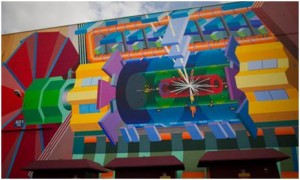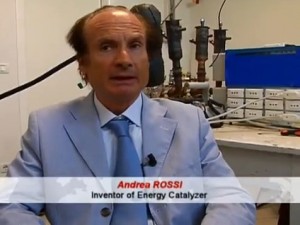 Mr Rossi has given another interview (read Rossi interview with oilprice.com ), we tried to find some further hints how the e-cat process is operating.
Mr Rossi has given another interview (read Rossi interview with oilprice.com ), we tried to find some further hints how the e-cat process is operating.
Mr Rossi explains : “The E-Cat machine is basically a heater. It uses a secret catalyser to fuse hydrogen and nickel together to form copper. Copper has a lower energy state than Nickel, and the excess energy is released in the form of a gamma ray. The gamma ray hits a wall of lead where it is absorbed and transformed into heat. The whole process is incredibly efficient and can heat any fluid that passes through the machine.”
To read the full article, please login. The full content of this article and all premium articles is available exclusively for site members.
Site membership is free. If you are an existing user, please login. New users may register below.


